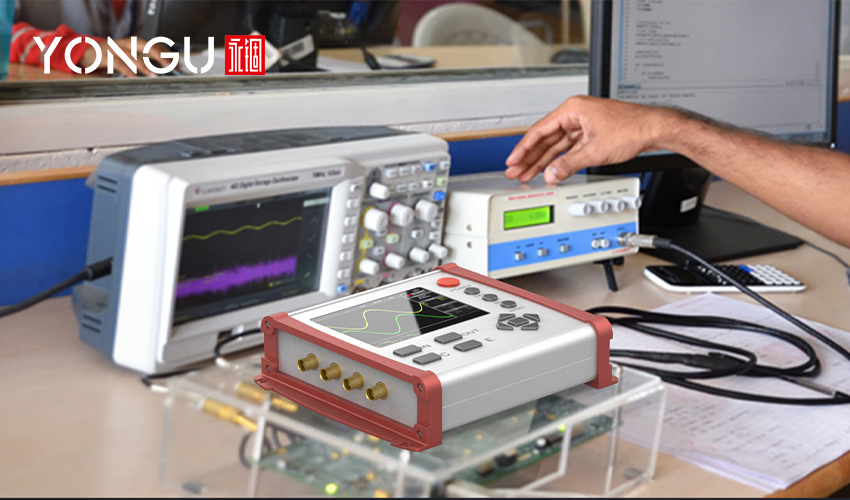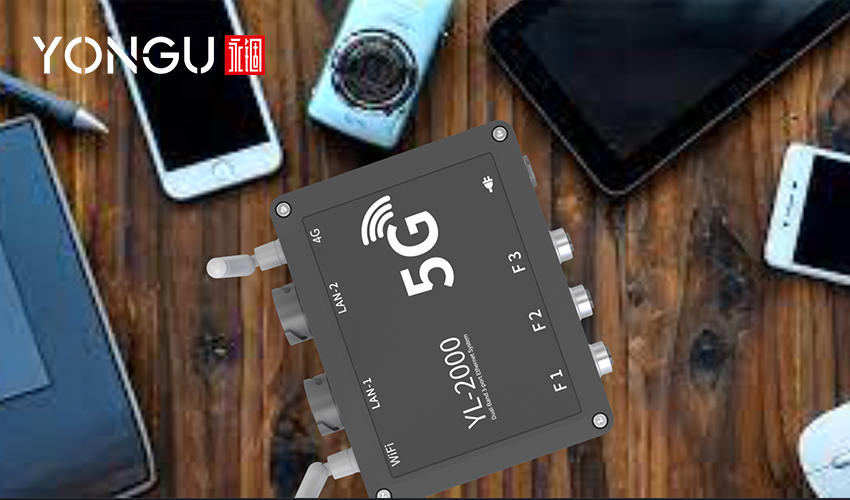Extremely high temperatures can shorten the life of the communication components.

Smart gadgets and sensors may now produce massive amounts of valuable data in locations such as factories, supermarkets, warehouses, hospitals, and cell towers, thanks to new technology. Applications ranging from assembly line production optimization to providing dynamically personalized retail shopping experiences have been transformed by the Internet of Things (IoT).
IoT, content delivery networks, and 5G cellular connections fueled a major change in the how and where of data processing. Cloud and centralized data centers cannot quickly process such a large volume of data from so many remote locations. To do so effectively, it must move computer resources like servers and storage to the network edge, where the data is produced.
Communication Equipment That Needs Enclosures
Here are some significant communication applications that need to be enclosed in enclosures.- Alarms and additional security equipment
- Systems for machinery control
- Medical equipment
- Remote sensors that keep an eye on the environment
- Routers and other WiFi-signaling equipment
- Technology for smart warehouses
- A/V wireless systems
Factors to Consider When Selecting an Enclosure for Communications Equipment
You must consider the various criteria to determine the specifications necessary for your communication enclosure.Transmission:
Every wireless gadget transmits a signal, which is one thing all wireless gadgets have in common. Wi-Fi routers utilize the capability of wireless radiofrequency transmissions. Other devices use Ethernet cables or external antennas to transmit and receive signals. You may choose the proper enclosures by knowing which classification your telecommunications device belongs to.To maximize the performance of your gadget, you must select a material that minimizes transmission obstructions while also safeguarding sensitive equipment.

Functioning:
The best enclosures for removing heat from electronic parts also provide EMI shielding and are made of metal. Corrosion resistance is present in die-cast and stainless-steel enclosures and molded plastic and fiberglass enclosures. Compared to sheet metal boxes, developed and die-cast boxes provide NEMA and IP-rated enclosures that are more affordable. Powder coating can be used to offer corrosion protection to metal boxes. Special-purpose enclosures are further provided. For instance, although some enclosures are primarily made to function as fiber optic or electrical junction boxes, others feature optional infrared panels for communication.
Material:
Molded plastic, fiberglass, sheet metal steel, sheet metal aluminum, extruded aluminum, die-cast aluminum, and stainless steel are used to create box-style enclosures. Although aluminum is occasionally used in place of steel to lighten the weight, racks and cabinets are typically built of steel.
Protection from Exterior Conditions:
Many remote devices have to carry out their tasks in places where it would be unsafe or impractical to station a human operator. It implies that they are frequently exposed to various risks that could jeopardize the equipment's integrity. Thus, while selecting an enclosure, durability is a crucial factor. However, if the enclosure is made of inappropriate material, a strong enough signal may not be allowed.
Cost Effective:
The first technical concern is usually cost. Plastic enclosures are the most economical when produced in bulk. Even in small numbers, primary sheet metal enclosures are reasonably priced. For the price, die-cast aluminum is a great option. Although there are now plastic enclosures with 10% fiberglass that offer improved robustness at a bit of cost, fiberglass is more expensive. The price of stainless steel is very high. But, of course, off-the-shelf enclosures are much cheaper than custom enclosures. A custom enclosure is a fantastic choice when a standard enclosure won't work for your purpose.
Enclosure Type:
Enclosures come in various sizes and shapes, from huge cabinet racks to tiny plastic boxes. What purpose will the enclosure serve? We should use plastic because it is lightweight if the item is portable or handheld. Since fiberglass is lighter than steel, it will be simpler to ship and assemble huge enclosures.What is the combined weight of the parts? Some enclosures have inside metal or plastic panels that can be used to mount power supply and heat sinks.
Will it require regular on-site maintenance? Technicians may rapidly access internal components thanks to hinged coverings with latches. Do you need security for your design? There are cabinets with lockable doors available.

Materials That can be Use in Enclosures for Communication Devices
The following materials are widely used in constructing enclosures for communication devices.- Polycarbonate plastic
- ABS plastic
- Carbon steel
- Stainless steel
- Aluminum
How YONGU is Manufacturing an Ideal Enclosure
Yongu has 17 years of experience providing quality products and services to its customers. We work in four significant aspects: designing, engineering, manufacturing, and service selling.Designing a distinctive prototype is one of YONGU's services. We offer both OEM and ODM goods. We could work with you to create a new prototype with a new structure and look if you want your products to stand out from the competition. We can discuss your box requirements online or create a prototype with a distinctive look and feel. As far as the design is concerned, you may make as many changes as you wish.
Building the best solutions is one of the YONGU services. We can turn your concepts into working prototypes or actual batch goods, rather than frictionless technology, uniquely enabling accurate supply chains. For example, give you an aluminum enclosure that is high-precision and high-quality.
We also offer a sample test of our product and services before placing the orders.
You can send us a message if you have any questions. We will get back to you right away with solutions and a quote.
Conclusion
Yongu's dedication to customer satisfaction extends to value-added services that can assist you in designing the precise custom enclosure you desire, with the specifications you want and the performance you require.Of course, the knowledge in this manual is just the beginning. When selecting your enclosure material, you may need to consider other aspects depending on your industry. But bear in mind your primary objectives as you proceed with your design process.
For further information and customized product of your requirements, please follow our FACEBOOK for more updates and informations.
You can also contact us at +86 13326782625 or write us [email protected].



